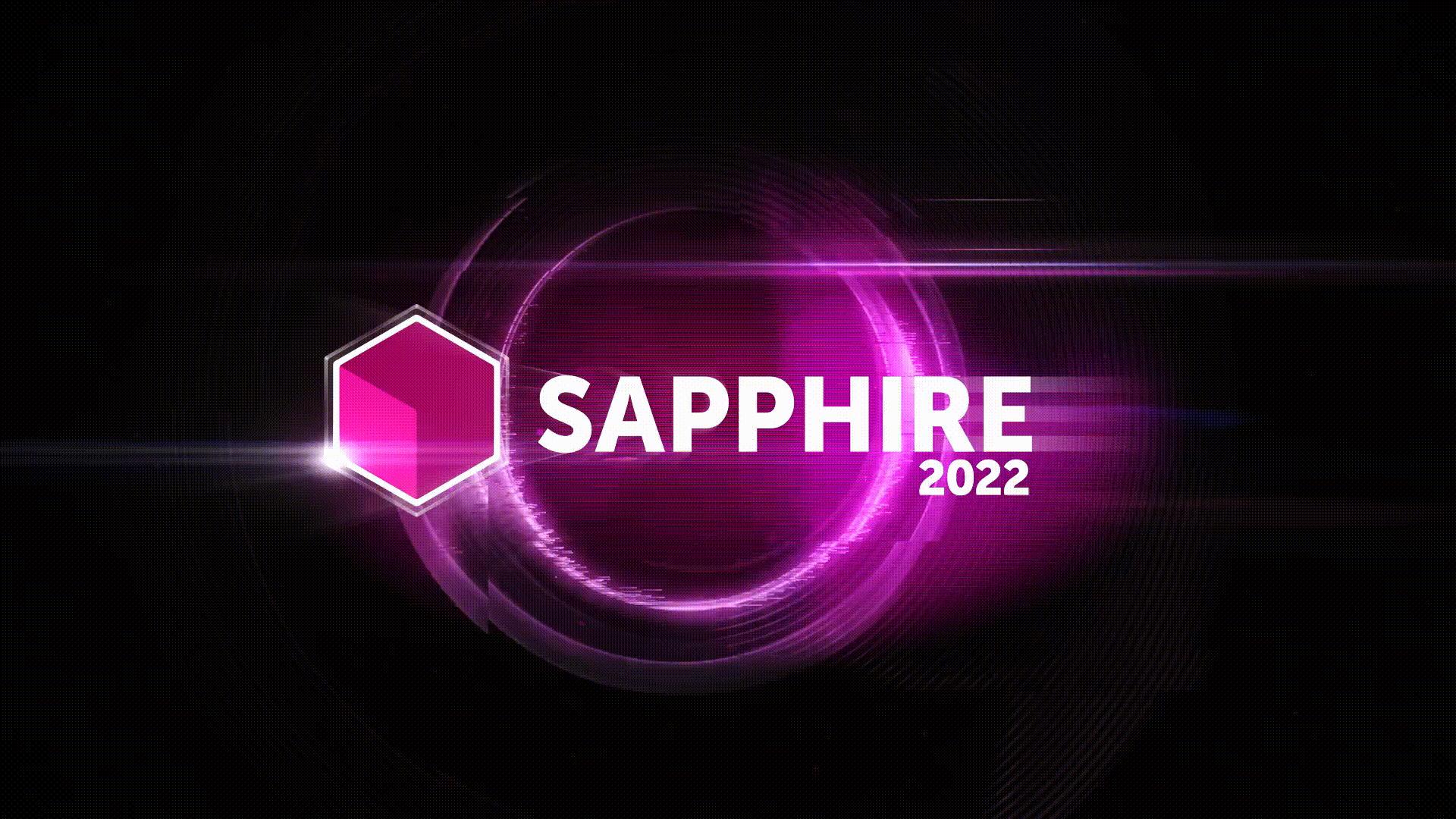Chaos released V-Ray 5 Update 1 for 3ds Max
V-Ray 5 Update 1 for 3ds Max from Chaos (formerly Chaos Group) has received support for masks in the V-Ray frame buffer.
Support for multiple additive dome light sources, improved translucency handling, progressive caustics rendering, and automatic conversion of 3ds Max physical material have also been added. The update also integrates the software with Chaos Cosmos, a new library of architectural resources from Chaos.
Update 1 itself is based on a redesign of the V-Ray frame buffer in V-Ray 5 itself, making possible layer-based compositing and re-lighting directly within the software. VFB now supports masks, which in turn allows you to use any of the V-Ray rendering mask elements, including Cruptomatte and Multimatte for fine-tuning composites.
In addition, you can now render multiple dome light sources and then adjust their contribution to the rendering within the VFB using Light Mix, a new re-lighting system that was introduced in V-Ray 5.
Among the rendering changes is a new progressive rendering mode for caustics, which should speed up the development of the appearance of caustics effects created by transparent objects such as glass and bodies of water. V-Ray also becomes the latest rendering tool with the integration of Open Image Denoise (ODIN), an Intel processor-based noise reduction system now available as an option in V-Ray Denoiser.
Other changes include the new V-Ray Camera Lister, designed to simplify management of camera settings in multi-camera scenes, just as the Light Lister can be used to control lighting. Users can also save all cameras in the scene when exporting in .vrscene format, which allows you to switch between camera views when rendering through Chaos Clous or another version of V-Ray.
V-Ray 5 Update 1 for 3ds Max is available for 3ds Max 2016 and above on Windows 8.1 and above. The cost of a perpetual license for a workstation and one rendering node is $1,180. Subscription costs $80 per month or $470 per year.




